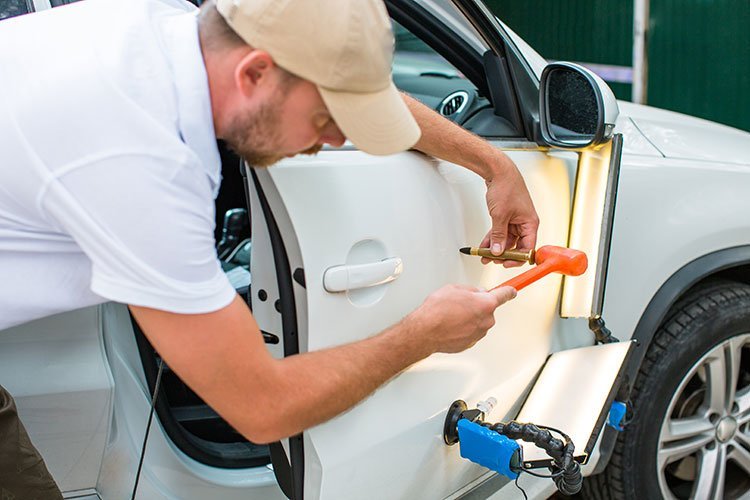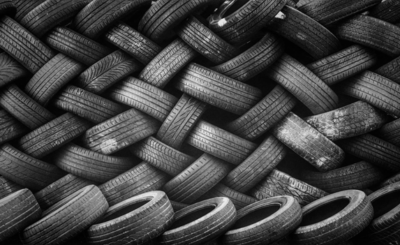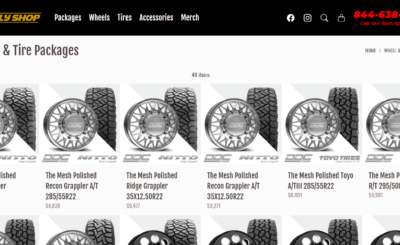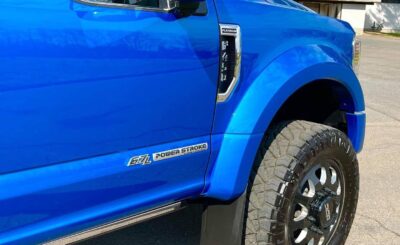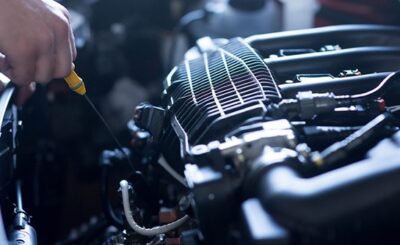When your vehicle sustains a dent, one of the primary concerns is the cost of repair. Paintless Dent Repair (PDR) and traditional dent repair methods each have distinct cost implications. Understanding these differences can help vehicle owners make informed decisions about which repair method to choose. This article explores the cost differences between PDR and traditional dent repair, highlighting the factors that influence pricing and the long-term benefits of each method.
Cost Breakdown of Traditional Dent Repair
Labor Costs: Traditional dent repair methods are labor-intensive. The process typically involves sanding down the damaged area, applying body filler, sanding again to achieve a smooth surface, and then repainting the panel. Each of these steps requires skilled labor, and the time involved can add up quickly. The complexity of the repair also plays a role; more extensive damage requires more time and effort, increasing labor costs.
Material Costs: Traditional repairs involve various materials, including body fillers, primers, paints, and clear coats. The quality of these materials can vary, with higher-quality products commanding higher prices. Additionally, matching the vehicle’s original paint can be challenging, sometimes requiring custom mixing, which further adds to the cost.
Equipment Costs: Repair shops invest in specialized equipment such as paint booths, sanders, and dryers to perform traditional repairs. The overhead costs of maintaining and operating this equipment are factored into the repair price. Paint booths, in particular, are expensive to run due to their energy consumption and the need for proper ventilation systems to manage VOC emissions.
Cost Breakdown of Paintless Dent Repair (PDR)
Labor Costs: PDR involves using specialized tools to gently massage the dented metal back into its original shape from behind the panel. While this requires skilled labor, the process is generally quicker than traditional methods. Experienced PDR technicians can often complete repairs in a fraction of the time, leading to lower labor costs. The efficiency of PDR means technicians can handle more repairs in a day, further reducing labor expenses.
Material Costs: One of the most significant cost advantages of PDR is the lack of material expenses. Since PDR does not involve fillers, primers, or paints, the cost of these materials is eliminated. This reduction in material costs makes PDR a more affordable option for minor to moderate dents. The absence of paint also means there are no concerns about color matching, which can be a costly aspect of traditional repairs.
Equipment Costs: PDR requires a different set of tools, such as rods, glue pulling systems, and specialized lights. While these tools are essential for PDR, they are generally less expensive to operate and maintain than the equipment used in traditional repair methods. The lower overhead costs associated with PDR tools contribute to the overall affordability of the repair process.
Comparing Overall Costs
Initial Repair Costs: In general, PDR tends to be less expensive than traditional dent repair for minor to moderate dents. The reduced labor time, lack of material expenses, and lower equipment costs contribute to this affordability. For example, a small dent that might cost several hundred dollars to repair using traditional methods could be fixed for a fraction of that price with PDR.
Long-Term Costs: The long-term costs of dent repair can be influenced by factors such as the vehicle’s resale value and the durability of the repair. PDR preserves the original paint, which helps maintain the vehicle’s value. Traditional repairs, while effective, involve repainting, which can sometimes lead to issues like paint mismatches or peeling over time. These potential issues can affect the vehicle’s resale value and may require additional repairs down the line.
Insurance Considerations: Many insurance companies recognize the cost-effectiveness of PDR and may prefer it over traditional methods for minor dents. PDR’s lower costs can result in smaller claims, potentially reducing insurance premiums for vehicle owners. Additionally, insurance companies often favor PDR because it maintains the vehicle’s original factory finish, ensuring the repair meets high-quality standards.
Factors Influencing Repair Costs
Severity and Location of the Dent: The size, depth, and location of the dent play a significant role in determining the repair cost. Larger, deeper dents or those located on complex body lines may require more time and effort to repair, increasing the cost. While PDR is effective for many types of dents, some severe damage may still necessitate traditional methods, which are more expensive.
Vehicle Make and Model: The make and model of the vehicle can also influence repair costs. Luxury or exotic cars may require more specialized attention and higher-quality materials, leading to higher costs for both PDR and traditional repairs. However, PDR remains a more cost-effective option for minor dents on these vehicles, as it avoids the need for expensive repainting.
Technician Expertise: The skill level and experience of the technician can impact the cost and quality of the repair. Highly skilled PDR technicians may charge more for their services, but their expertise ensures a high-quality repair that preserves the vehicle’s value. Conversely, less experienced technicians might offer lower prices, but the quality of the repair could be compromised.
Conclusion
Understanding the cost differences between Paintless Dent Repair and traditional dent repair methods can help vehicle owners make informed decisions about their repair needs. PDR offers a cost-effective, efficient solution for minor to moderate dents, preserving the vehicle’s original paint and value. While traditional methods are necessary for more severe damage, they involve higher labor, material, and equipment costs. By considering factors such as the severity of the dent, the vehicle’s make and model, and the expertise of the technician, car owners can choose the repair method that best suits their needs and budget. Ultimately, PDR provides a valuable, affordable alternative for maintaining the appearance and value of your vehicle.


